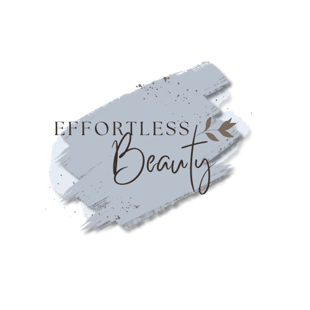Essential Makeup Brushes Guide: Types, Uses & Pro Tips for 2025
Discover everything you need to know about makeup brushes, from essential types to expert application techniques. Learn how to choose, use, and care for your brushes like a pro!
MAKEUP BRUSHES
Did you know that professional makeup artists typically use between 15-25 different brushes for a single full-face makeup application? But don't worry - I'm here to demystify the world of makeup brushes! Whether you're a beginner building your first collection or a makeup enthusiast looking to upgrade your tools, this comprehensive guide will help you understand which brushes you actually need and how to use them effectively. From foundation to eyeshadow, let's explore the essential tools that can transform your makeup game!
Understanding Different Types of Makeup Brushes
When I first started researching makeup brushes, I was completely overwhelmed by all the options! After spending countless hours reading reviews, watching tutorials, and testing different brushes, I've learned quite a bit about what actually matters when choosing these essential tools.
Let's break down the basics of brush types, starting with natural versus synthetic bristles. Through my research and testing, I've found that each has its specific strengths. Natural bristles (usually made from animal hair) work beautifully with powder products because they have tiny cuticles that help grab and blend the powder. Synthetic bristles, on the other hand, are perfect for liquid and cream products since they don't absorb too much product and are easier to clean.
The shape of your brush can make a huge difference in how your makeup applies. After trying various shapes, I've learned that dense, dome-shaped brushes work best for buffing in foundation, while fluffier brushes are ideal for applying setting powder. Flat brushes are great for packing on eyeshadow or applying concealer precisely.
One thing that really surprised me during my research was how brush density affects application. According to beauty experts, density (how closely packed the bristles are) determines how much product the brush picks up and how it applies to your skin. Denser brushes typically provide fuller coverage, while less dense brushes are better for building up product gradually.
When it comes to price points, I've done extensive comparison testing between high-end and drugstore brushes. While some luxury brushes are fantastic, there are many affordable options that perform just as well. It's more about the quality of construction and materials than the brand name.
Handle length and weight might seem like minor details, but they actually make a big difference in application. Through testing different styles, I've found that shorter handles offer more control for detailed work (like eye makeup), while longer handles work better for broad strokes across the face.
Here's something interesting I learned from makeup brush manufacturers: the ferrule (that metal part connecting the bristles to the handle) is crucial for brush longevity. A well-made ferrule that's properly crimped helps prevent shedding and keeps the brush intact longer.
After spending so much time researching and testing different brushes, I can confidently say that understanding these basic elements makes choosing the right brush much easier. Focus on finding brushes that match your specific needs rather than getting caught up in having every type of brush available.


